On Painting: An Essay by Jim Cogswell
Paint is a living language for me, with grammars and nuances that challenge me beyond any other intellectual or creative pursuit that I have ever experienced.
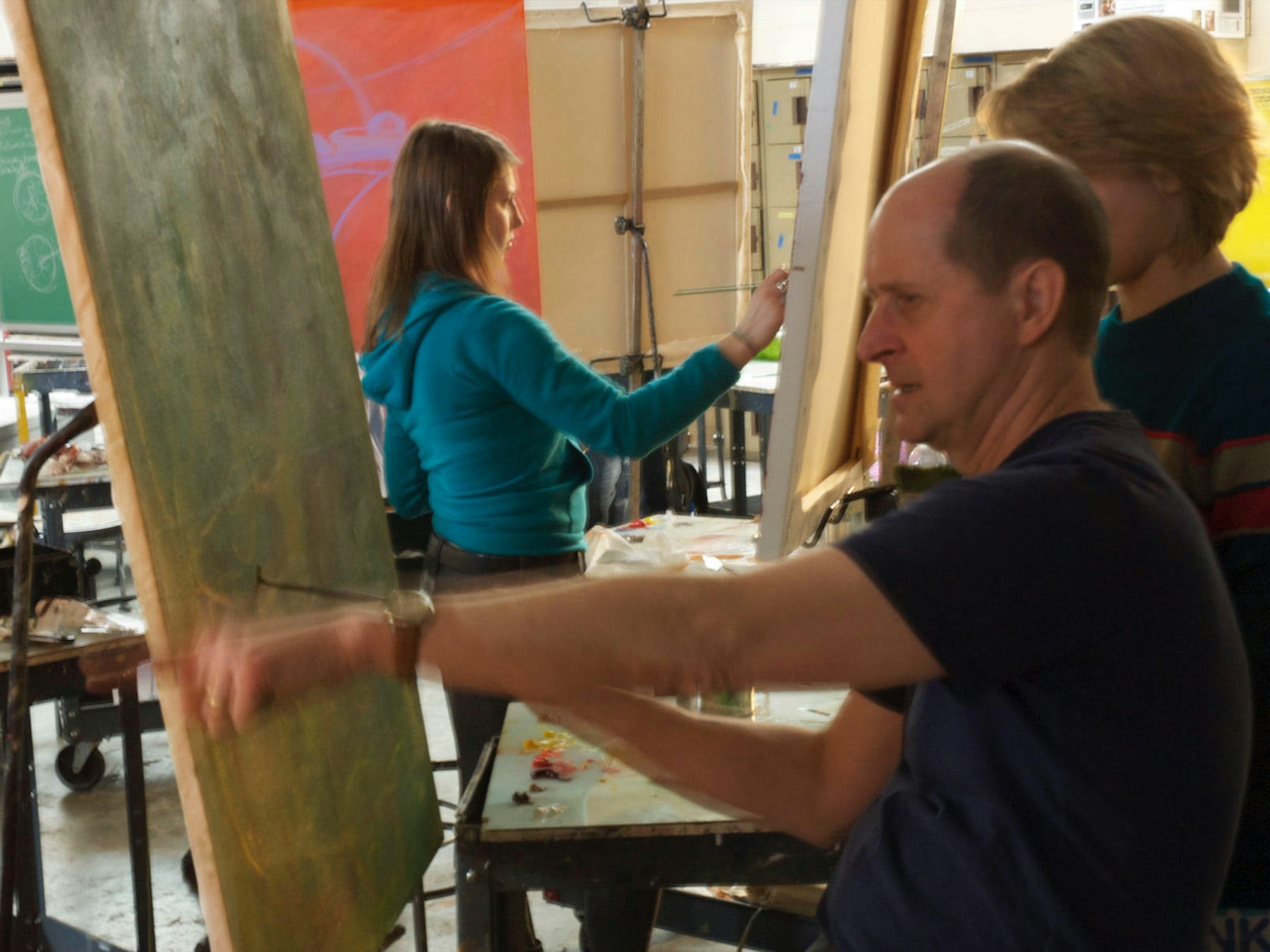
For some people paint is simply a material, another medium, and a very traditional medium at that. For others it is the Bible — the Holy Writ. Or it is the Constitution. Divine what the Founding Fathers intended and strictly adhere to it, or risk anarchy. For others, it is one minor piece in a complicated art world chess game, a pawn to be moved about in a theoretical construct of art practice. Relevant or irrelevant? Dead or alive?
That is one set of questions that, naively, doesn’t trouble me.
For me, painting as a language and practice is alive and changing all the time.
I study it. I try to keep up with it. I struggle to speak it better. I am thrilled when I hear others speak it well. I love visiting countries where it is spoken. I get excited when I discover someone who is adding another layer to its tapestry of possibilities. And that is happening all the time. Right now. As we speak.
Painting is the magical conjunction of space/no space; movement in stillness. A balanced experience of absorption and self-awareness. Slow looking.
A painting is both a tangible surface and a perceptual space. Great painters create fluctuating tensions between the experience of seeing surface and depth. The task of doing that well is mammoth.
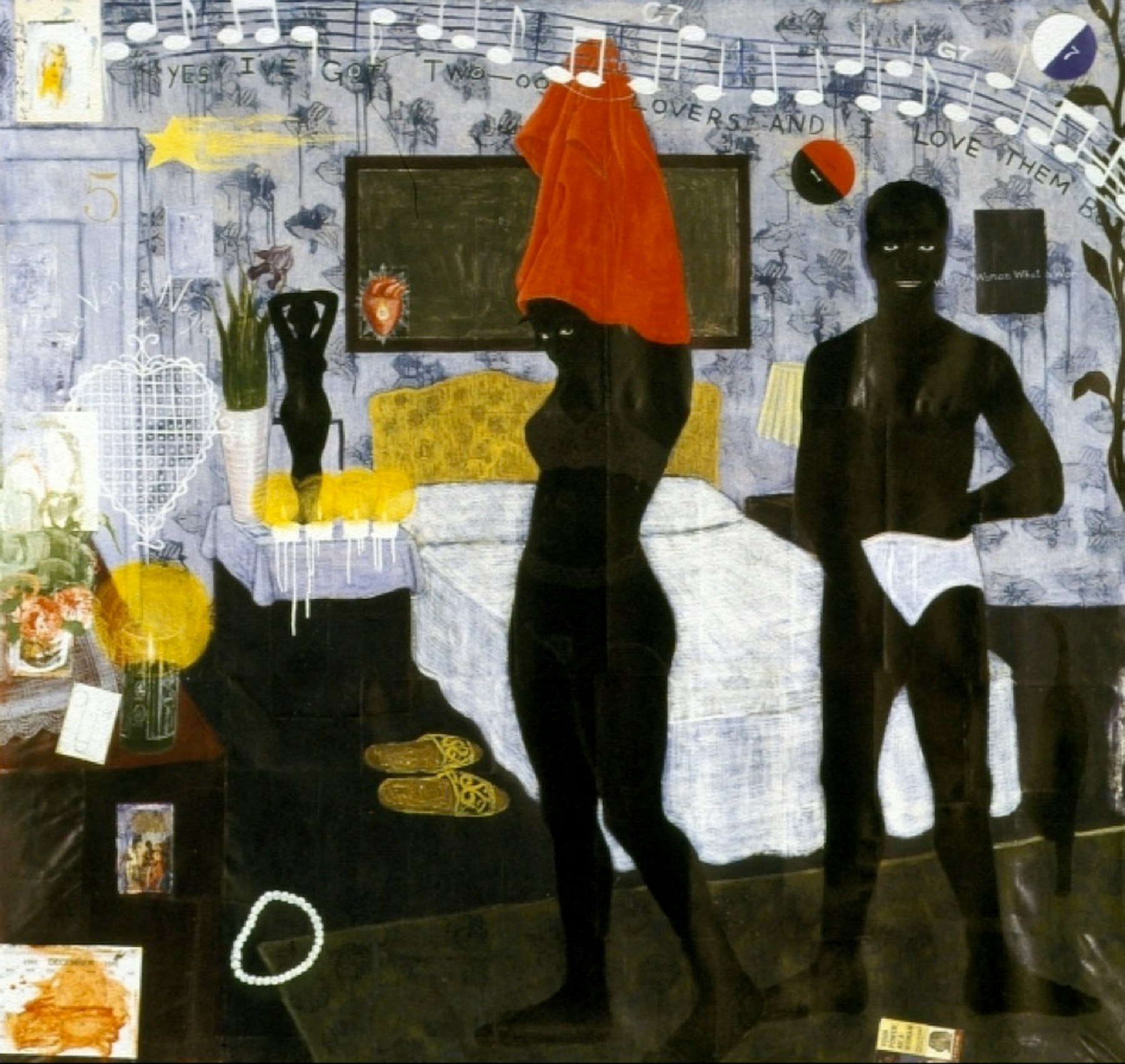
The territory is well traveled, but the possibilities endless, like this tired language of ours that still manages to produce incisive and ecstatic poetry, the limited chromatic scale that still results in new arrangements of sounds in music, bringing deep feelings into somatic awareness, putting my body in motion, bringing me to tears.
All of it is accomplished within a tight range of restrictions. The restrictions are the source of the poetry and the thrill.
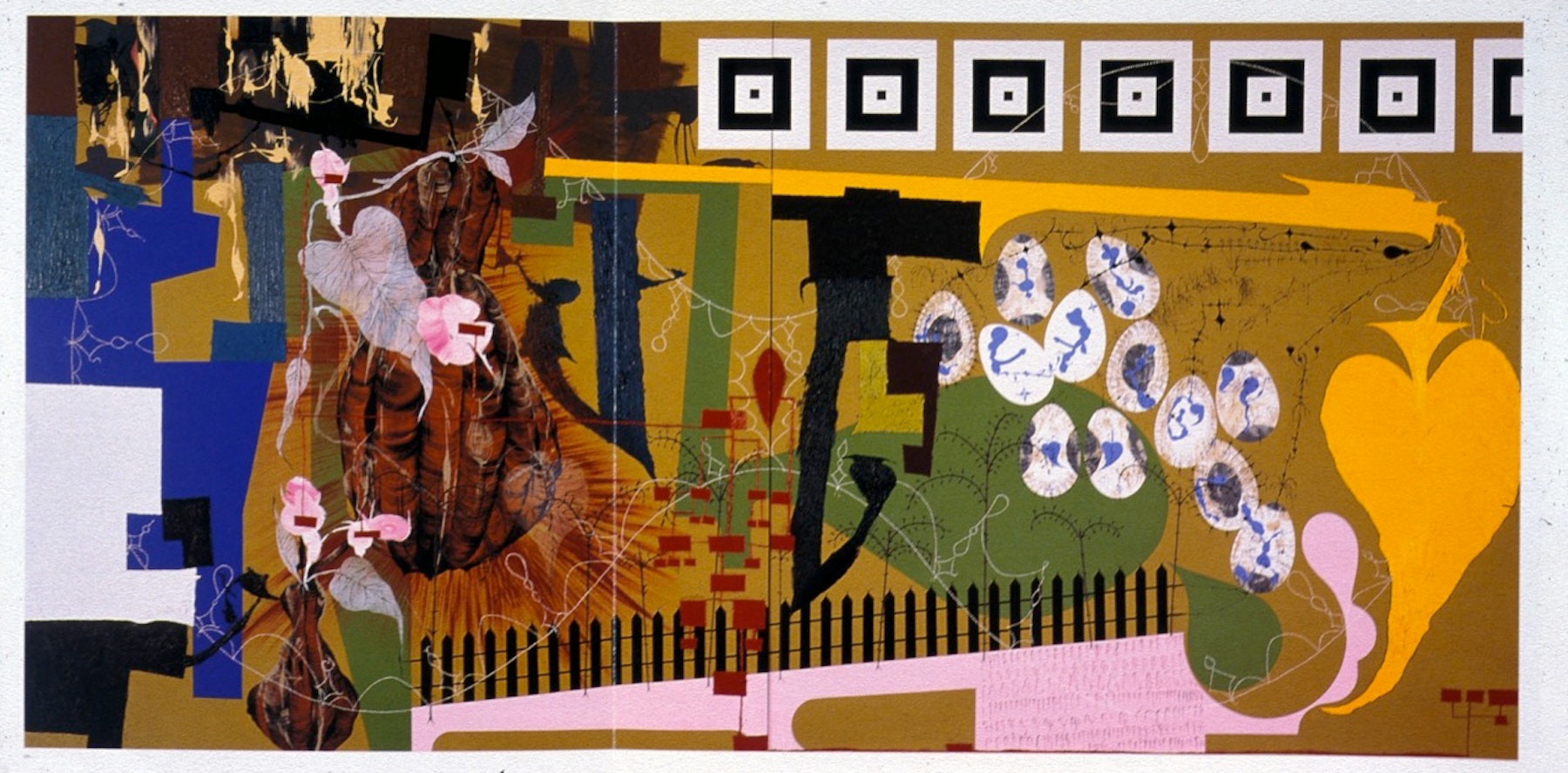
There are many strategies for keeping the viewer in that delicate balance of seeing the painting as both window and surface. Emphasizing paint’s materiality is one of many strategies for calling attention to the physical surface, but that easily can degenerate into gratuitous gesture, the pseudo-heroics of the urgent mark.
A big issue is how to translate the materiality of paint into something that points beyond itself. Allowing the inspirational source itself to provide the gesture while acknowledging the illusion. The tension is the thrill.
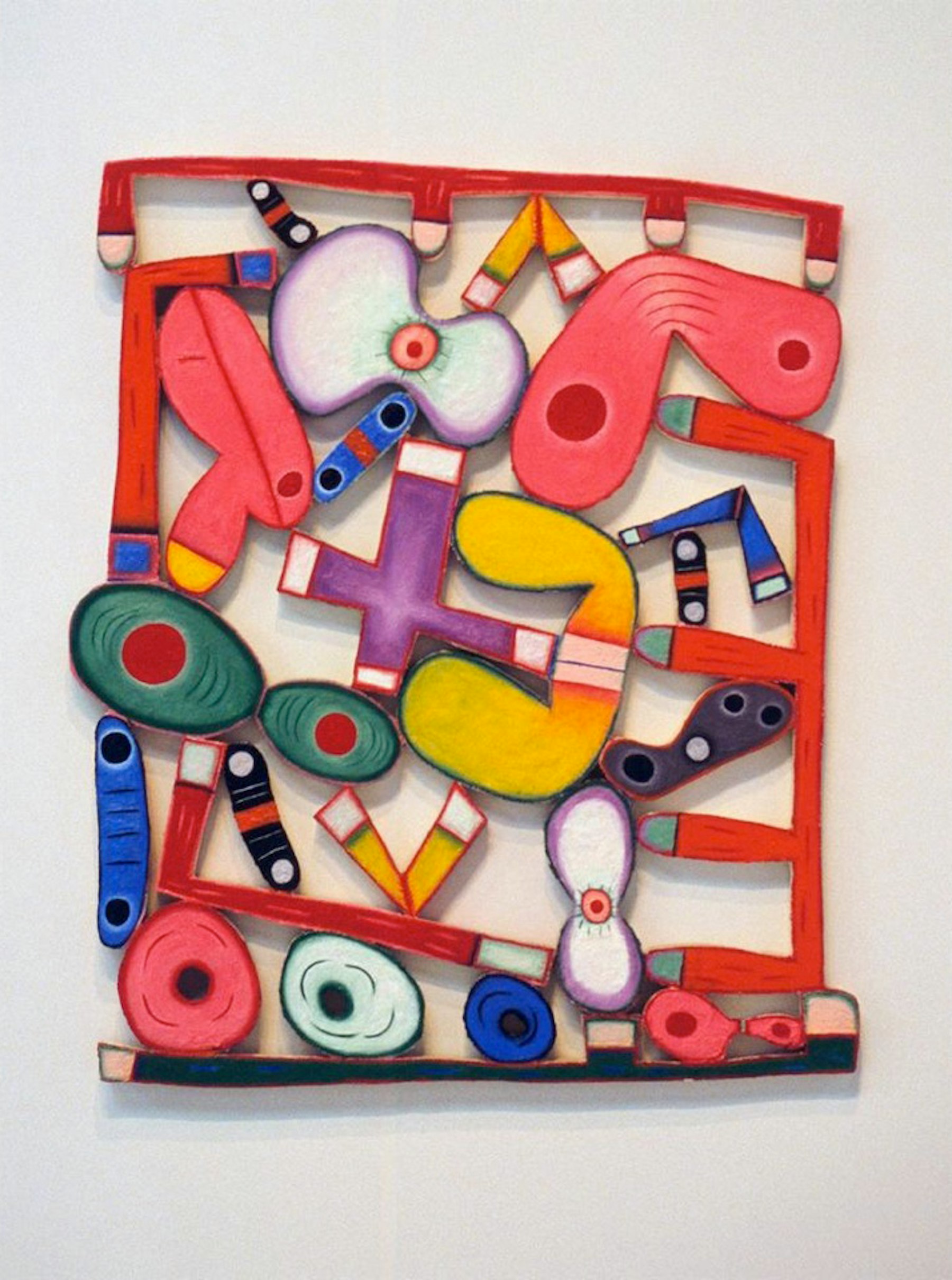
Within a painting, color has the capacity to become a noun, one might even say a concept in itself. Color becomes magical and potent when it crosses that threshold from adjective to noun, from quality of thing to thing in itself.
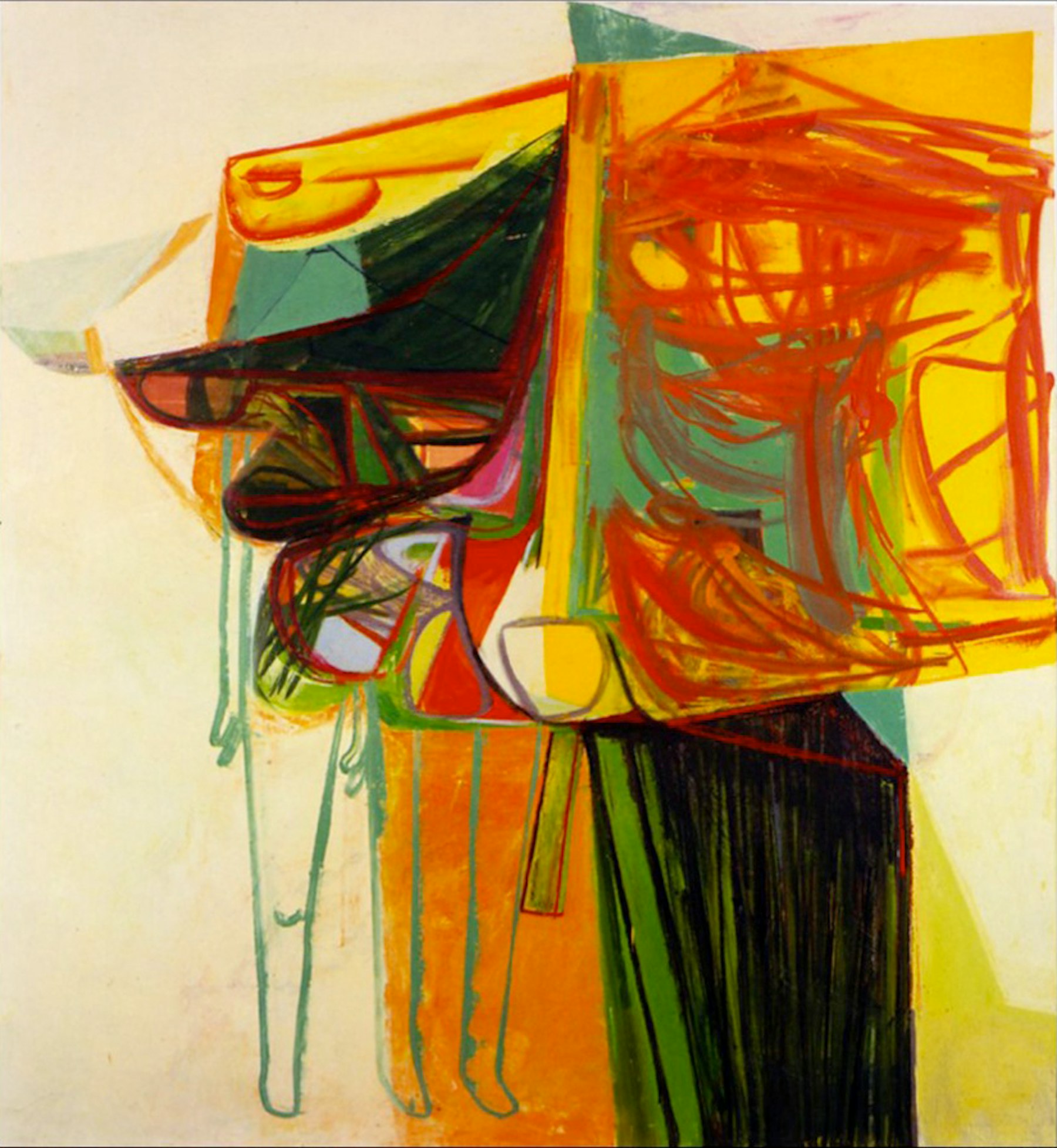
All of these strategies and many more work in tandem with our desire to recognize objects or qualities of experiences, even intangible feelings, within that structure of colored marks on a surface. Those desires are closely tied to our perceptual experiences, ways that the brain is hard wired but also shaped by cultural context, historical exposure.
Looking at a painting is a magnificently dense experience for me. I never tire of it.